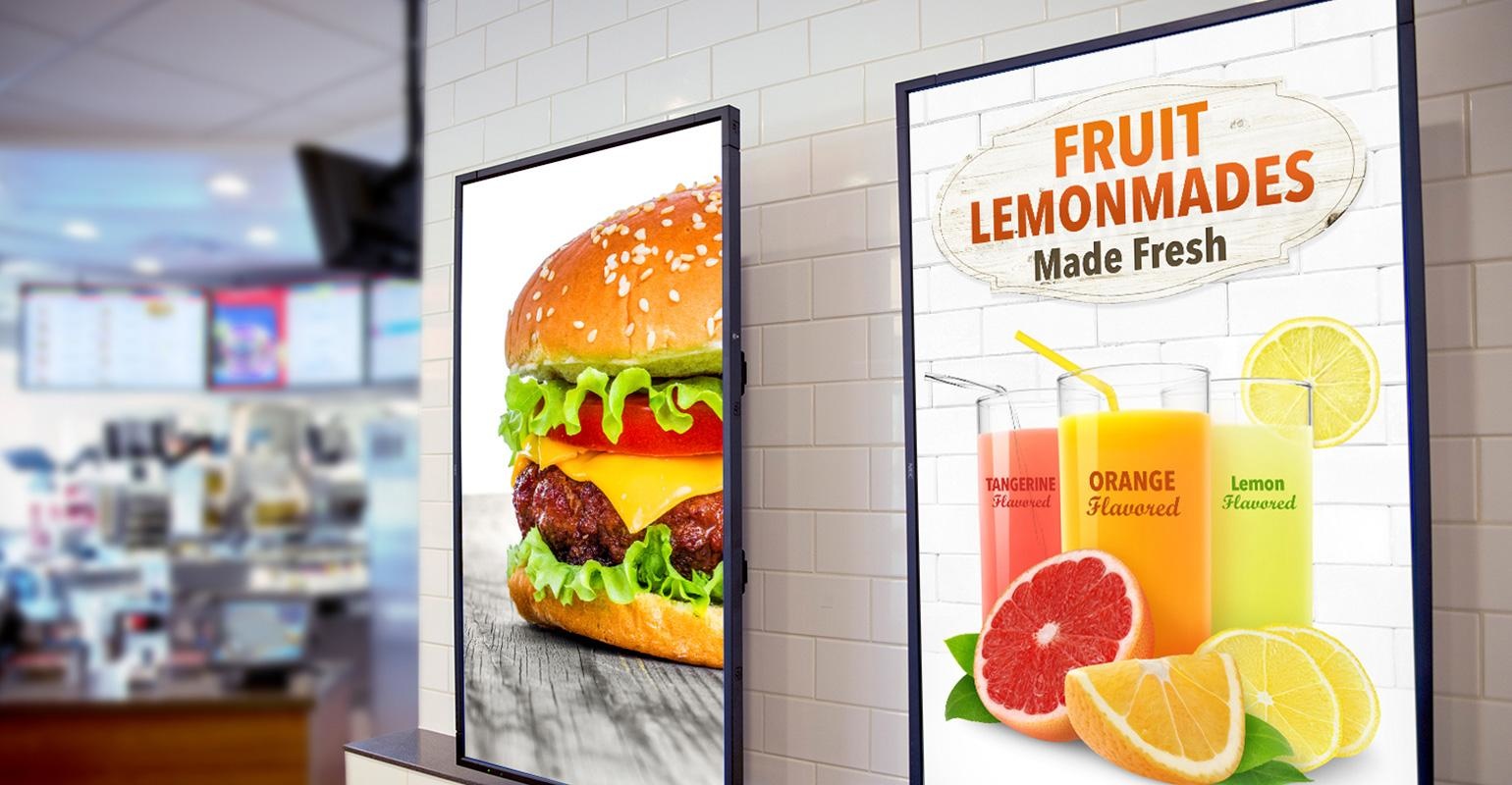Digital Signage Advertising: How to Create Effective Campaigns
Uncover the potential of digital signage advertising in reaching your target audience and achieving marketing success. Learn how to create effective campaigns, considering factors like audience, message, content, placement, and measurement.
Author
EZ-AD TVDigital Signage Advertising: How to Create Effective Campaigns
Introduction
Digital signage advertising is a rapidly growing form of advertising that uses displays to deliver marketing messages to consumers. This displays can be found in a variety of locations, including retail stores, restaurants, transportation hubs, and public spaces.
Digital signage advertising offers a number of benefits over traditional advertising methods, including increased visibility, improved targeting, and measurable results.
By creating effective campaigns, businesses can reach their target audience and achieve their marketing goals.
How to create effective digital signage advertising campaigns
To create effective campaigns, businesses should consider the following factors:
1. Target audience
Who are you trying to reach with your advertising? Once you know your target audience, you can tailor your content and messaging to appeal to them.
For example, if you are targeting millennials, you may want to use more informal language and images in your advertising.
2. Message
What do you want to say to your target audience? Your message should be clear, concise, and relevant to your target audience. It should also be persuasive and encourage viewers to take action.
3. Content
What type of content will resonate with your target audience? Some effective types of digital signage advertising content include:
Images: Images are a great way to capture attention and convey your message quickly and visually
Videos: Videos can be used to tell stories, demonstrate products or services, or provide customer testimonials.
Text: Text can be used to provide more detailed information about your products or services, or to promote special offers.
Interactive content: Interactive content, such as polls, quizzes, and games, can be used to engage viewers and encourage them to learn more about your brand.
4. Placement
Where will your digital signage displays be located? The placement of your displays is important because it will determine who sees your advertising.
For example, if you are targeting millennials, you may want to place your displays in locations that are popular with millennials, such as coffee shops, gyms, and college campuses.
5. Scheduling
When will your digital signage displays be running? It is important to schedule your displays to run at times when your target audience is most likely to see them.
For example, if you are targeting commuters, you may want to schedule your displays to run during morning and evening rush hours.
6. Measurement
How will you measure the effectiveness of your digital signage advertising campaigns?
Some effective ways to measure the effectiveness of your campaigns include:
Tracking website traffic: If your digital signage advertising campaigns are driving traffic to your website, you can track this traffic using Google Analytics or other web analytics tools.
Tracking social media engagement: If your digital signage advertising campaigns are encouraging people to engage with your brand on social media, you can track this engagement using social media analytics tools.
Using surveys: You can survey your target audience to get their feedback on your digital signage advertising campaigns. This feedback can be used to improve your future campaigns.
Examples of effective digital signage advertising campaigns
Here are a few examples of effective digital signage advertising campaigns:
McDonald's: McDonald's uses digital signage displays to promote its new products and special offers. The displays are placed in high-traffic areas, such as checkout lines and drive-thru windows.
Coca-Cola: Coca-Cola uses digital signage displays to create immersive brand experiences for consumers. The displays are often placed in public spaces, such as train stations and airports.
Nike: Nike uses digital signage displays to showcase its latest products and athletes. The displays are placed in strategic locations, such as retail stores and sports venues.
Conclusion
In conclusion, digital signage advertising presents a dynamic and effective way for businesses to connect with their target audience. By carefully considering factors such as the audience, message, content, placement, scheduling, and measurement, companies can craft impactful campaigns that resonate with viewers.
Whether it's through compelling images, engaging videos, informative text, or interactive content, the right approach in digital signage can significantly enhance visibility and engagement.
Successful examples from brands like McDonald's, Coca-Cola, and Nike demonstrate the power of well-executed digital signage campaigns in driving brand awareness and customer engagement.
With thoughtful strategy and creative execution, digital signage advertising can be a key component in achieving marketing success.



